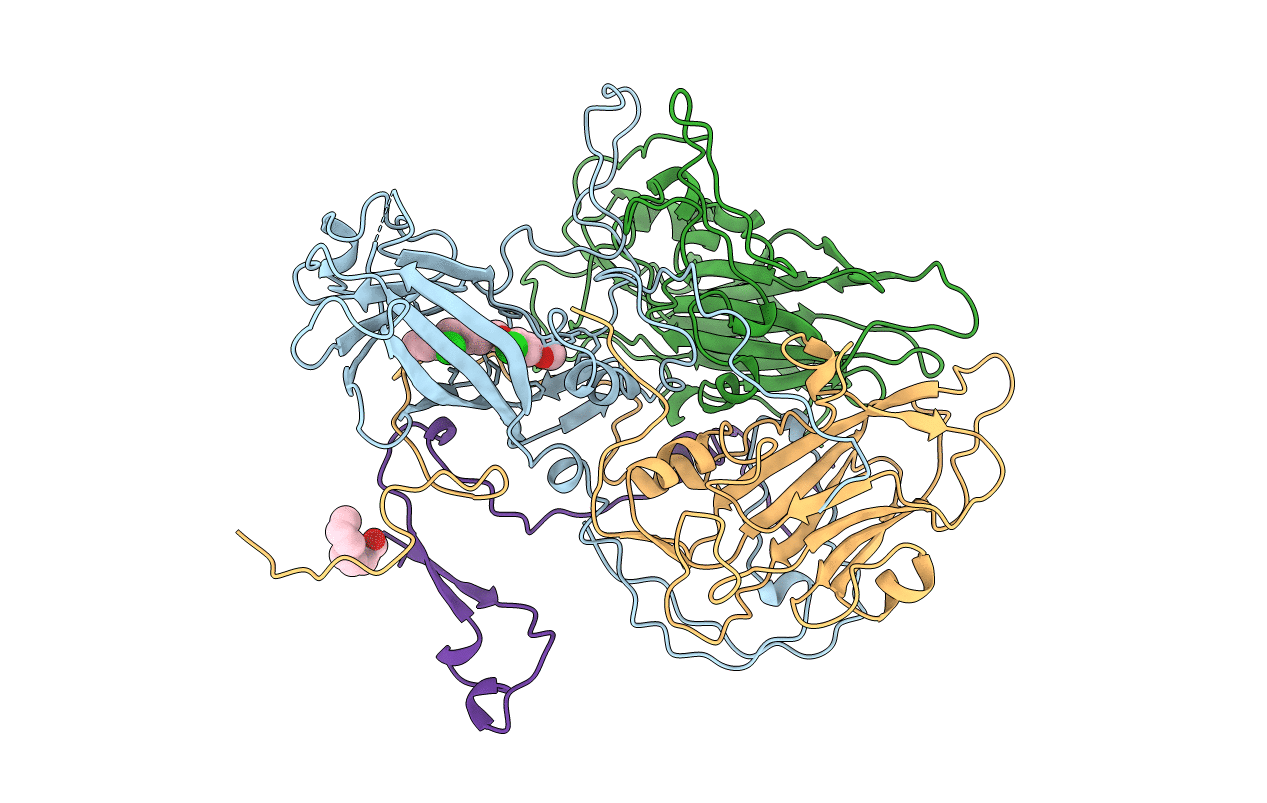
Deposition Date
1997-07-22
Release Date
1998-09-16
Last Version Date
2024-11-20
Entry Detail
Biological Source:
Source Organism:
Human poliovirus 2 (Taxon ID: 12083)
Host Organism:
Method Details:
Experimental Method:
Resolution:
2.90 Å
R-Value Work:
0.18
R-Value Observed:
0.18
Space Group:
C 2 2 21


